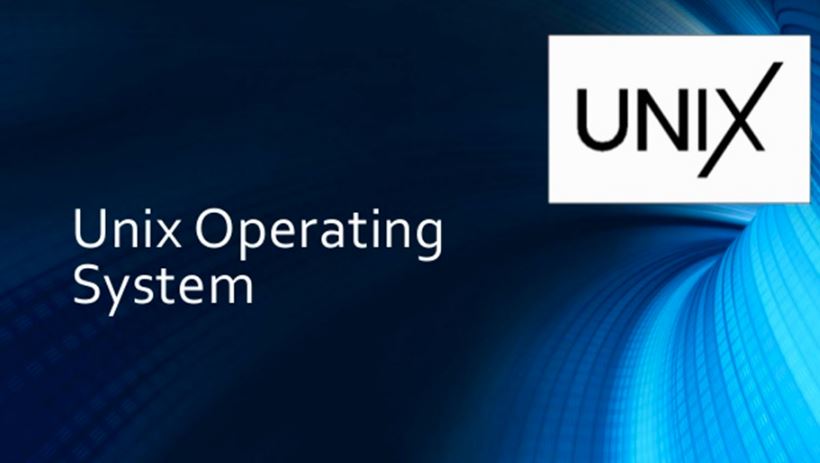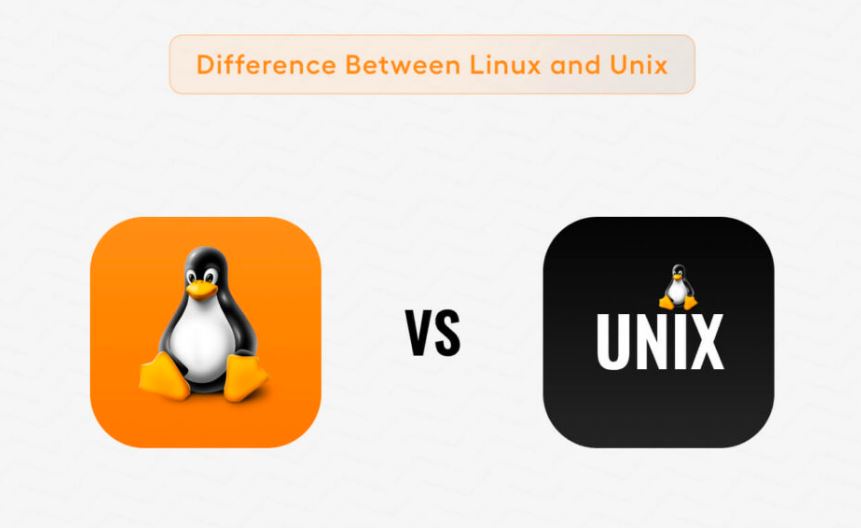Defination Of Linux And Unix Operating Sysytem
Linux Operating Sysytem :

A computer operating system known as Linux was first created by Linus Torvalds in 1991. Linux and Unix very different. There is a connection between the Linux kernel and the term “Linux.” The program is open-source, and there is no cost associated with using it anywhere. It serves various purposes such as producing games, mainframes, and computer hardware and software. It may execute different client applications.
Unix Operating Sysytem :

AT&T created the Unix operating system. It features portable, multi-tasking, bug-fixing, and multi-user capabilities. Linux and Unix very different. Ken Thompson, who worked at Bell Labs, was the one who thought up the idea and began the business on his own. Subsequently, it emerged as the most widely utilized operating system. It is used by web servers, workstations, and personal computers. It provides access to a wide variety of business applications.
Difference Between Linux And Unix Operating System

| Differences | Linux | Unix |
| Introduction | Because Linux is an open-source operating system, a large number of programmers collaborate online and contribute to its development. | The development of Unix was a collaborative effort between AT&T Labs, a variety of commercial suppliers, and non-profit groups. |
| Licensing | On the other hand, Linux is open-source software that is free to use and does not require a license. | Unix is a proprietary operating system, which means that in order to use it, you will need to get a license. |
| Origins | Linus Torvalds developed Linux as a free and open-source alternative to Unix in the 1990s. Linux was first developed by Torvalds. | During his tenure at Bell Labs in the 1970s, he invented Unix. |
| Availability | On the other hand, many consumer computers and business machines run Linux. | Large-scale servers and workstations typically use Unix as their operating system, but personal computers use it far less frequently. |
| Kernels | The Unix hold-up kernel is more complicated than both of these, but both have a design that is comparable. | Both have an architecture similar to the Linux kernel, but they are both larger and more complex. |
| Accessibility | It is an open-source operating system that is available to anyone and everyone, completely free of charge. | The only people who are able to use this operating system are the copywriters who work for it. |
| Community Support: | Linux has a large and vibrant community of users and developers that work together to contribute to the development of the operating system and provide support. | Despite the fact that Unix also has a community, it is often smaller and geared more towards enterprise users. |
| File system supports | We support JFS, ReiserFS, XFS, BtrFS, FAT, FAT32, and NTFS file systems. We also support Ext2, Ext3, and Ext4. | The supported file systems include jfs, gpfs, hfs, hfs+, ufs, xfs, and zfs. |
| Bug fixing time | Because the community primarily drives Linux, threat detection and remediation occur extremely quickly. If any Linux client poses any threat, a team of skilled developers will promptly start addressing the issue. | Longer wait times are necessary for Unix clients to receive the most effective bug-fixing and patching. |
| Graphical User Interface | KDE and Gnome are the two graphical user interfaces that are available for Linux. However, Linux offers a wide range of alternative options. Instances such as LXDE, Xfce, Unity, Mate, and so on are examples. | Unix was initially a command-based operating system, but later on, a graphical user interface known as the Common Desktop Environment was developed. Gnome now ships with nearly all distributions. |
| Source Code Availability | All members of the general public have the ability to view the source. | Members of the general public are unable to get access to the source. |
| Hardware Compatibility | Initially designed for use with the x86 hardware processors manufactured by Intel, The software is compatible with over twenty different kinds of central processing units (CPUs), one of which is an ARM. | It can be included in PA-RISC and Itanium machines. |
| Operating System Versions | Versions of Linux include Ubuntu, Debian GNU, Arch Linux, and other types. | The following are examples of versions of Unix: SunOS, Solaris, SCO UNIX, AIX, HP/UX, ULTRIX, and others. |

Hi, I’m Narinder Kumar, founder of BlogsBuz.com. I create articles and generate celebrity biographies, providing verified, up-to-date content. As an SEO expert and online tools creator, I also share practical tips on making money online, finance management, blogging, and passive income. My mission is to provide accurate information and keep you away from fake content, ensuring you stay well-informed and make smart decisions online.

